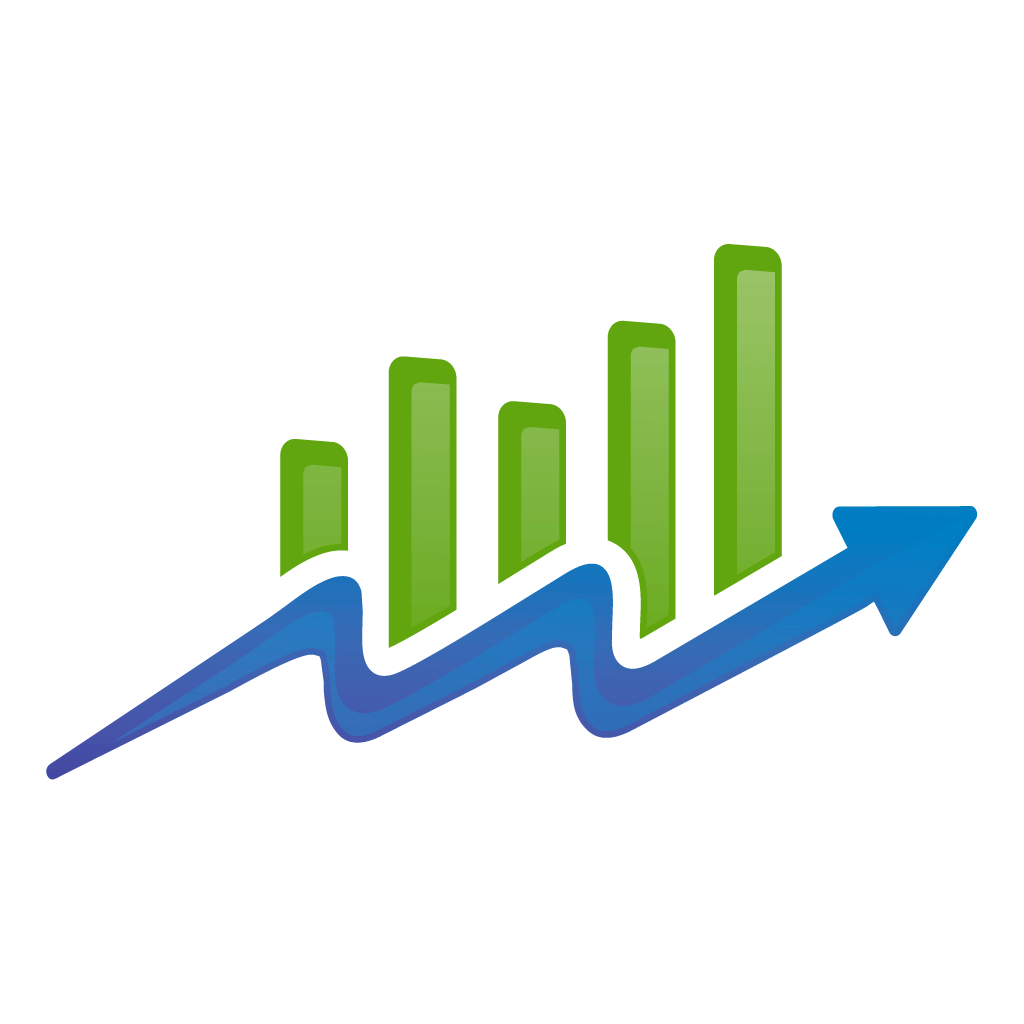Modern marketers have more data at their fingertips than ever before. This data can be used to learn more about prospects, drive interdepartmental collaboration, and increase sales over the course of a fiscal year. There are, however, both strong and inefficient ways to use data to drive tangible marketing results.
Fortunately, there are several methods for optimizing business data that you, as a marketing or sales professional, can use to maximize your impact. Using the right tools and platforms can provide tangible solutions that can save you time, money, and effort.
In this post, you’ll learn more about what B2B marketing is, and you’ll discover why data collection is an important part of any successful B2B marketing strategy.
What is B2B marketing?
Business to business marketing, or B2B marketing, refers to the practice of advertising services and goods directly to other businesses and corporate organizations rather than to consumers or individuals. Most businesses have substantial needs when it comes to outside services and products, and leveraging the best tools can encourage profitability.
Examples of B2B services and offerings include:
- Data collection platforms
- Web design services
- Human resources platforms
- Data storage services
- Customer relationship management (CRM) platforms
- SaaS technologies and solutions
Why better data is crucial for sustainable B2B marketing strategies
Since B2B focuses on providing solutions to organizations rather than individuals, the sales cycle is often longer, and more emphasis should be on building relationships. Many times, completed sales result in higher-priced contracts than you would expect to find in a business-to-consumer model.
These nuances in B2B marketing create a stronger need for organized and detailed data. After all, the more information you have on potential contacts at all levels of an organization, the more equipped you will be to connect with key stakeholders and close a deal. Moreover, it’s important to have relevant industry data on hand so you can understand defining characteristics of company size, budget, history, and employee count.
Below, you’ll learn several tips that will help you optimize data collection, improve your B2B marketing processes, and create a more streamlined system for your business as a whole.
Use integrated data collection to connect with other platforms
Although we live in an online world, it’s possible that some users are still focused on manual or paper processes. Unfortunately, these outdated processes can slow down business and create inefficient backlogs or data silos.
To keep information moving at a good pace, and to make sure that everyone on the team has access to the data you collect during your marketing process, use an integrated data collection platform. By doing so, you can ensure that the data you collect flows immediately and efficiently into a customer relationship management system. This crucial piece ensures that your data is never lost and that it can be leveraged by all team members at any point in the buying cycle.
Create data-driven landing pages for inbound content and events
As part of your inbound marketing strategy, you may be using educational content or resources to attract new prospects. These methods are a great way to get relevant content into the hands of potential customers who want to learn more about business offerings. As part of your overall content strategy, consider using streamlined landing pages and forms to collect more information from users who download your resources.
When you create a landing page featuring an embedded form, make sure to develop a great user experience. This includes:
- Optimizing form fields for simplicity
- Requesting required information that’s also relevant to the customer
- Using field validation to ensure that data is clean and formatted correctly
- Incorporating anti-spam measures like reCAPTCHA to eliminate bad data
By incorporating better data practices into your content marketing strategy, you can maximize the potential of these resources as a way to learn more about potential prospects.
Implement mobile data collection for flexibility and efficiency
It’s one thing to collect data about B2B opportunities when you’re in the office, but what happens when you want to share your resource at an event, conference, or in passing? Mobile data collection can be the key that unlocks a world of possibilities for future connection and conversation.
There are several ways to integrate mobile data collection into your marketing communications. These options include:
- Using a data collection app for mobile devices
- Creating interactive stations at events, roadshows, and conferences
- Using personalized links to follow-up with prospects through SMS
Mobile data collection allows your organization to innovate with modern best practices that meet prospects where they are. With this method, you can prioritize qualities that are important to your customers, such as convenience, flexibility, and fast contact.
Take your data collection to the next level
No matter which strategy you choose to implement first, having a solid plan in place can boost your B2B marketing efforts, convert more leads into sales, and provide a better framework for future growth. With so much riding on the availability and effectiveness of your data, you can’t afford to fall behind.
Start generating better results for your marketing and sales teams today with stronger, more streamlined data collection.
Guest Author Bio: Hillary Walters is the Partner and Customer Marketing Specialist at FormAssembly. She helps to develop customer marketing and SaaS case studies, in addition to building partnerships with notable technology platforms and companies.








